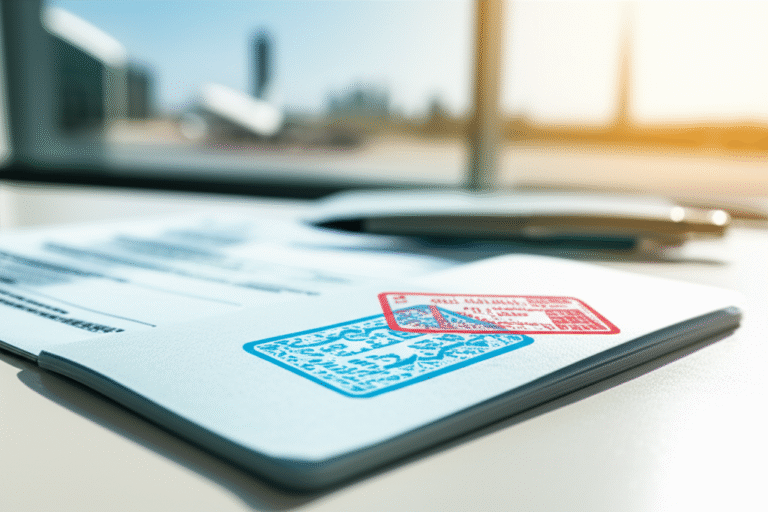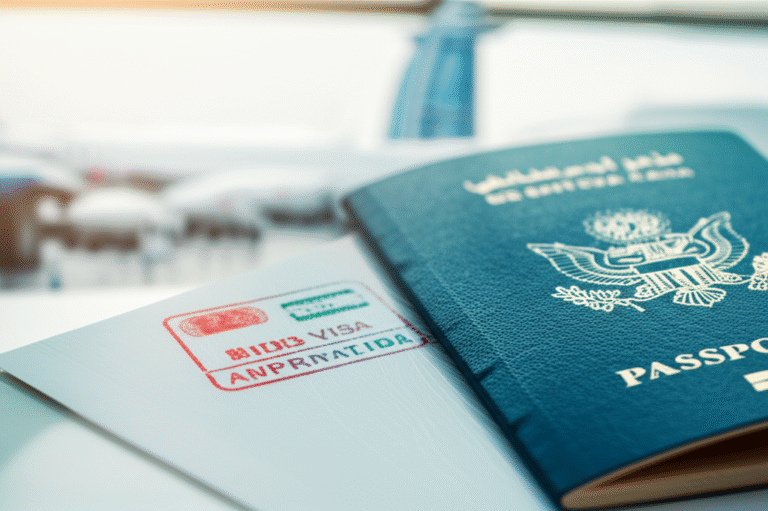How to Enter Abu Dhabi From Dubai on Visit Visa
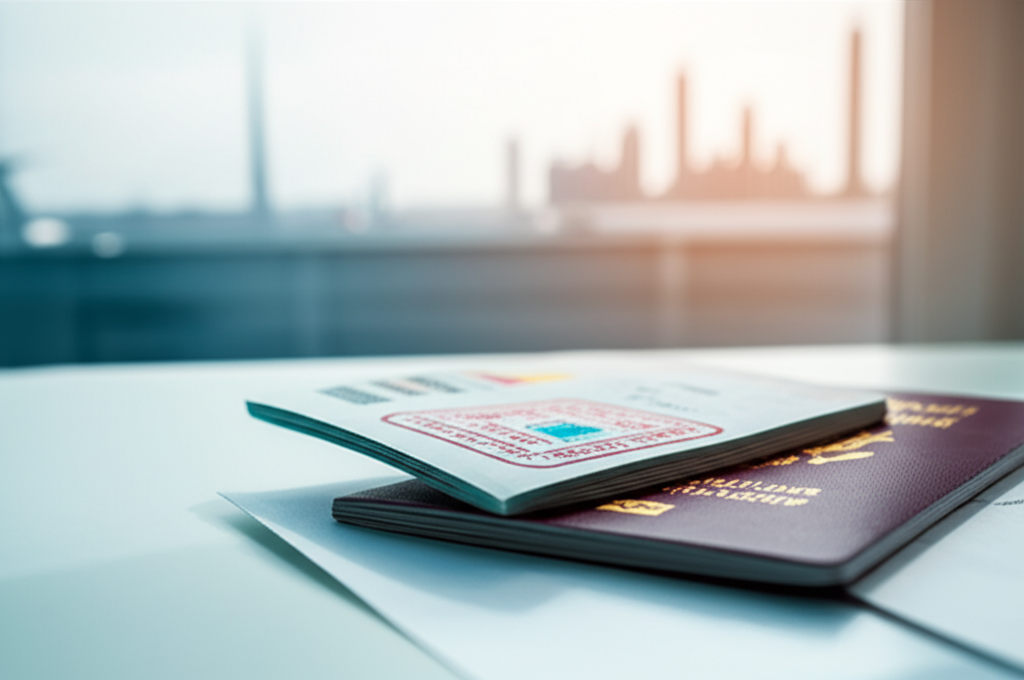
Entering Abu Dhabi from Dubai on a visit visa is straightforward for most nationalities. Ensure your visit visa is valid for the UAE, and you’ll find the journey between these two emirates well-organized and efficient. This guide will walk you through the simple steps.
Key Takeaways
- Understand visa requirements for entry.
- Choose your preferred mode of transport.
- Prepare necessary travel documents.
- Navigate border checkpoints smoothly.
- Enjoy your visit to Abu Dhabi.
Your Easy Guide: How to Enter Abu Dhabi From Dubai on Visit Visa
Planning a trip from Dubai to Abu Dhabi while on a visit visa might seem a bit complex, but it’s surprisingly simple. Many travelers and residents find themselves making this journey, whether for a day trip, a business meeting, or to explore more of the UAE’s rich culture and stunning landmarks. You have a valid visit visa for the UAE, which covers your entry into Abu Dhabi. This article is designed to demystify the process. We’ll cover everything you need to know, from choosing your transport to what to expect at the border. Get ready to explore the capital with confidence.
Understanding UAE Visit Visa Regulations for Inter-Emirate Travel
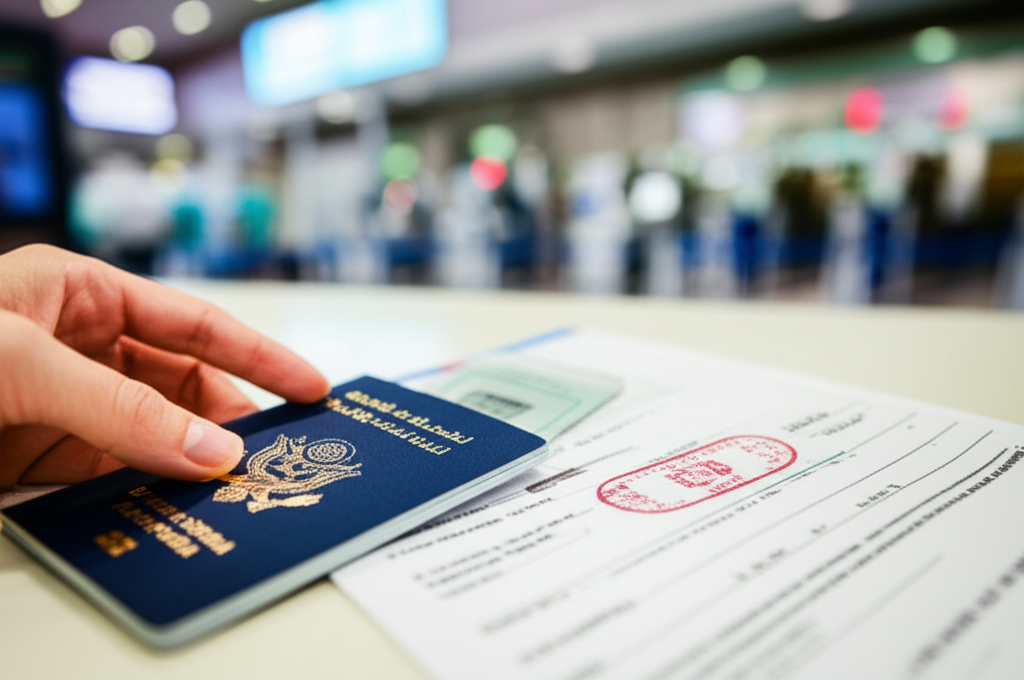
Your UAE visit visa, whether obtained on arrival or pre-arranged, grants you the freedom to travel across all seven emirates, including Abu Dhabi. The UAE has a unified immigration system, meaning a valid single-entry or multiple-entry visit visa allows you to move freely between Dubai and Abu Dhabi without needing a separate visa for each emirate. This is a key benefit of holidaying or working in the UAE. Your visa allows you to stay for a specified period, and this period applies across the entire country. For the most up-to-date information on visa validity and requirements for various nationalities, it’s always best to check the official UAE Government portal. They provide comprehensive details on all visa types and entry conditions.
Choosing Your Transportation: Dubai to Abu Dhabi Options
The journey between Dubai and Abu Dhabi is well-served by various convenient transport options, catering to different budgets and preferences. The distance is approximately 140-150 kilometers, and the travel time can range from 1.5 to 2.5 hours, depending on traffic and your chosen method of transport.
Driving Your Own Vehicle
If you are renting a car in Dubai or have your own vehicle, driving to Abu Dhabi is a popular choice for its flexibility. The E11 highway, known as Sheikh Zayed Road, is the main route connecting the two cities and is exceptionally well-maintained. Navigation is straightforward.
Route: Take Sheikh Zayed Road (E11) south from Dubai. The highway is clearly signposted for Abu Dhabi.
Tolls: Salik tolls are in place in Dubai. Ensure your rental car has a Salik tag or that you are aware of how to pay for tolls. Abu Dhabi does not have additional tolls within the city for this route.
Parking: Abu Dhabi offers ample parking, both paid and free, in most areas. You’ll find multi-story car parks and street parking. Parking is usually managed by the Integrated Transport Centre (ITC) of Abu Dhabi.
Public Buses: The Economical Choice
Public buses offer a budget-friendly and comfortable way to travel between Dubai and Abu Dhabi. Several bus services operate frequently between the two emirates.
Bus Routes: The primary routes are E100, E101, and E102, originating from various bus stations in Dubai and terminating at key locations in Abu Dhabi.
E100: Departs from Al Ghubaiba Bus Station in Dubai, arriving at Abu Dhabi Central Bus Station.
E101: Departs from Ibn Battuta Bus Station in Dubai, arriving at Abu Dhabi Central Bus Station.
E102: Departs from Ibn Battuta Bus Station and goes to Mussafah Bus Station in Abu Dhabi.
Frequency: Buses typically run every 15-30 minutes during peak hours.
Tickets: You can purchase Nol cards for payment, which can also be used on Dubai Metro and trams. These can be topped up at bus stations and metro stations.
Comfort: Buses are air-conditioned and generally comfortable for the journey.
Taxis and Ride-Sharing Services
For door-to-door convenience, taxis and ride-sharing services are readily available.
Dubai Taxis: You can hail regular Dubai taxis. Inform the driver of your destination in Abu Dhabi. The fare will be metered.
Ride-Sharing Apps: Popular apps like Uber and Careem operate extensively in both Dubai and Abu Dhabi. You can book a car from Dubai directly to your destination in Abu Dhabi. This can be a convenient option if you have luggage or are traveling in a group.
Cost: This is generally the most expensive option, but it offers the highest level of comfort and convenience.
Inter-Emirate Shuttle Services and Private Transfers
Several private companies offer shuttle services or private car hires between Dubai and Abu Dhabi. These can be pre-booked and offer a comfortable, direct transfer. They are ideal for those seeking a more personalized travel experience.
Essential Documents for Your Journey
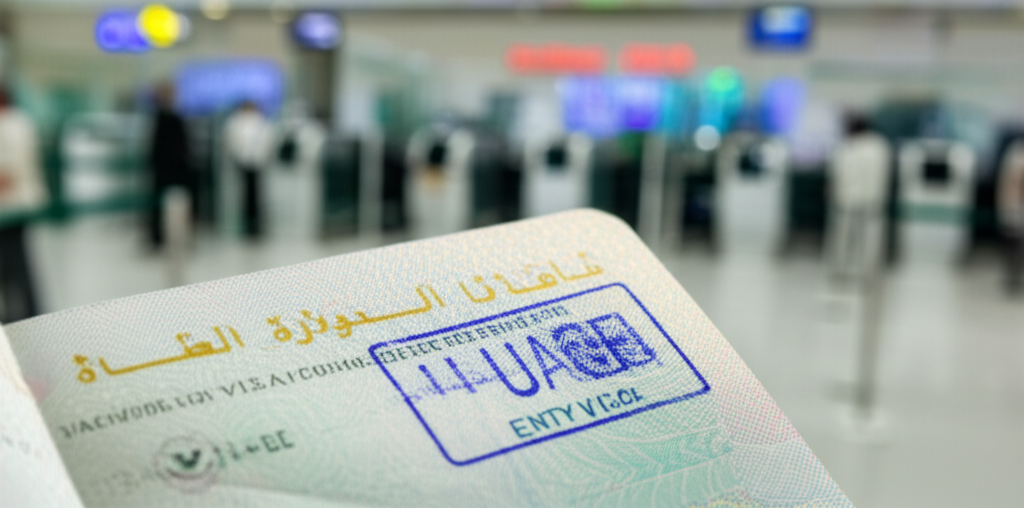
Regardless of how you choose to travel, having the correct documentation is crucial. While there isn’t a formal border crossing in the traditional sense between Dubai and Abu Dhabi, immigration checks can occur, especially if you are entering the UAE for the first time or if there are specific security protocols in place.
Visit Visa: Your valid UAE visit visa is the primary document. Ensure it is still within its validity period.
Passport: Always carry your original passport.
Emirates ID: If you have been issued an Emirates ID for a longer stay or work, carry it with you. While not strictly necessary for a short visit from Dubai to Abu Dhabi on a tourist visa, it’s always good practice to have identification.
Driver’s License: If you plan to drive, carry your valid UAE driving license or your international driving permit, along with your passport.
Navigating the Route and ‘Border’ Checks
The journey from Dubai to Abu Dhabi is a smooth drive along well-maintained highways. Unlike international travel, there isn’t a hard border with passport control booths between the emirates. However, police patrols are common, and random checks can occur.
The transition from Dubai to Abu Dhabi is marked by changing road signs and infrastructure. The road is modern and efficient, designed for high-speed travel. You will pass through areas that were once considered checkpoints, but these are now largely integrated into the highway system.
What to Expect on the Road
Police Presence: You may see police patrols. They are there for traffic management and safety. It’s advisable to adhere to speed limits and traffic laws.
Random Checks: Occasionally, police may stop vehicles for routine checks. This is normal and part of ensuring public safety, a hallmark of Dubai and Abu Dhabi’s organized society.
No Formal Visa Stamp: You will not get your visa stamped again when traveling from Dubai to Abu Dhabi; your initial entry stamp or e-visa upon arriving in the UAE covers your entire stay.
Pro Tips for a Smooth Trip to Abu Dhabi
Travel During Off-Peak Hours: To avoid traffic congestion, especially when leaving Dubai, try to travel outside of morning and evening rush hours.
Stay Hydrated: The UAE can be very hot. Carry water, especially if you are driving yourself.
Familiarize Yourself with Abu Dhabi’s Traffic Laws: Abu Dhabi has its own traffic regulations. Ensure you are aware of speed limits and parking rules. The Integrated Transport Centre (ITC) of Abu Dhabi is a valuable resource for transport and parking information.
Download Offline Maps: Having offline maps on your phone can be very helpful, as mobile reception can sometimes be spotty in remote areas or during heavy traffic.
* Currency: While credit cards are widely accepted in Abu Dhabi, it’s useful to have some UAE Dirhams (AED) in cash for smaller purchases or if you opt for a local bus.
Entering Abu Dhabi: A Seamless Experience
The experience of entering Abu Dhabi from Dubai on a visit visa is designed to be as seamless as possible, reflecting the UAE’s commitment to efficient travel and visitor experience. The primary goal is to ensure everyone can explore the wonders of the capital city with ease and confidence. The infrastructure and services are a testament to the forward-thinking approach of the UAE authorities, ensuring order and convenience for all residents and visitors. Your visit visa is your key to unlocking the many attractions Abu Dhabi has to offer, from its grand mosques and cultural heritage sites to its modern entertainment hubs.
Frequently Asked Questions (FAQ)
Q1: Do I need a new visa to travel from Dubai to other Emirates like Abu Dhabi on my visit visa?
No, your single UAE visit visa is valid for travel across all emirates, including Abu Dhabi. You do not need a separate visa for inter-emirate travel as long as your initial visa is valid for the UAE.
Q2: What are the main ways to travel from Dubai to Abu Dhabi?
You can travel by car (private or rental), public bus (routes E100, E101, E102), taxi, ride-sharing services, or private transfers/shuttles. Each option offers different levels of cost, convenience, and flexibility.
Q3: How long does it take to travel from Dubai to Abu Dhabi?
The journey typically takes between 1.5 to 2.5 hours, depending on traffic conditions, your starting point in Dubai, your destination in Abu Dhabi, and the mode of transport you choose.
Q4: Are there border checks between Dubai and Abu Dhabi?
There are no formal border control booths like you would find at an international border. However, police patrols are common, and random vehicle checks can occur for safety and security purposes.
Q5: What documents should I carry when traveling from Dubai to Abu Dhabi on a visit visa?
It’s essential to carry your passport with your valid UAE visit visa, and if applicable, your Emirates ID. If you are driving, ensure you have your driver’s license and the vehicle’s registration documents.
Q6: Can I use my Dubai Nol card to pay for buses to Abu Dhabi?
Yes, Nol cards are generally accepted for inter-emirate bus services like the E100 and E101. Ensure your card has sufficient balance before boarding.
Q7: Is it safe to travel between Dubai and Abu Dhabi?
Yes, the UAE is known for its high safety standards and well-trained police force. The roads are well-maintained, and traffic management is efficient, making the journey very safe.
Conclusion
Your journey from Dubai to Abu Dhabi on a visit visa is a simple and well-trodden path. With a valid UAE visit visa and your passport, you are all set to explore the UAE’s vibrant capital. Whether you choose the flexibility of driving, the affordability of public buses, or the convenience of taxis, the route is clear and accessible. Remember to keep your important documents handy and adhere to traffic rules. Abu Dhabi awaits with its rich culture, modern marvels, and warm hospitality, promising an unforgettable experience. Enjoy your exploration of this incredible emirate!

